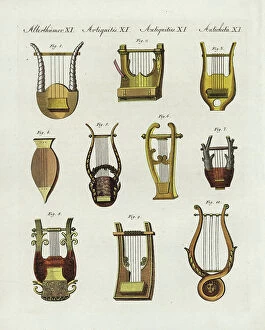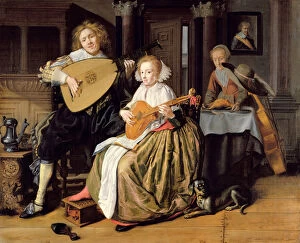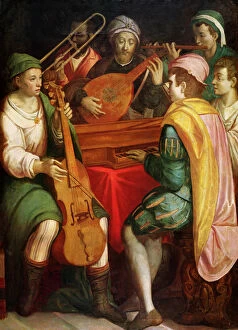Theorbe Collection
The theorbo, a captivating instrument with its long neck and multiple strings, has been an integral part of music history
All Professionally Made to Order for Quick Shipping
The theorbo, a captivating instrument with its long neck and multiple strings, has been an integral part of music history. Its origins can be traced back to the Renaissance period when it was known as the lute or mandore. With its resonant sound and intricate design, it quickly gained popularity among musicians. In the 17th century, the theorbo underwent some modifications that gave it a distinctive appearance. The addition of extra bass strings allowed for a wider range of notes to be played, making it ideal for accompanying vocal performances such as in Monteverdi's "Rape of Love. " This copperplate engraving by John Lee showcases the elegance and craftsmanship of this instrument. Theorbo enthusiasts will appreciate Giovanni Krebar's masterpiece from Padua in 1629. This particular specimen is beautifully crafted and represents the pinnacle of Italian instrument-making during that time. It exudes both artistry and functionality, making it a prized possession for any musician. Throughout history, artists have depicted scenes featuring the theorbo being played alongside other instruments like Spanish guitars or citterns. These paintings capture moments filled with harmony and joy as couples or families come together to create music. Theorbo's unique timbre adds depth to these compositions, creating an enchanting atmosphere. Even in religious settings, such as Virgin and Child paintings or Vanitas still lifes depicting angel musicians playing their heavenly tunes on theorbos; this instrument holds significance beyond entertainment value. Its presence symbolizes beauty and spirituality intertwined. As we explore various artworks showcasing this remarkable instrument like "A Concert" from late 16th century or "The Family Concert" from c1750s; we are reminded of how music transcends time and connects people across generations. Whether you're an avid collector fascinated by historical musical instruments or simply someone who appreciates beautiful melodies - let us celebrate the enduring legacy of the theorbo.














